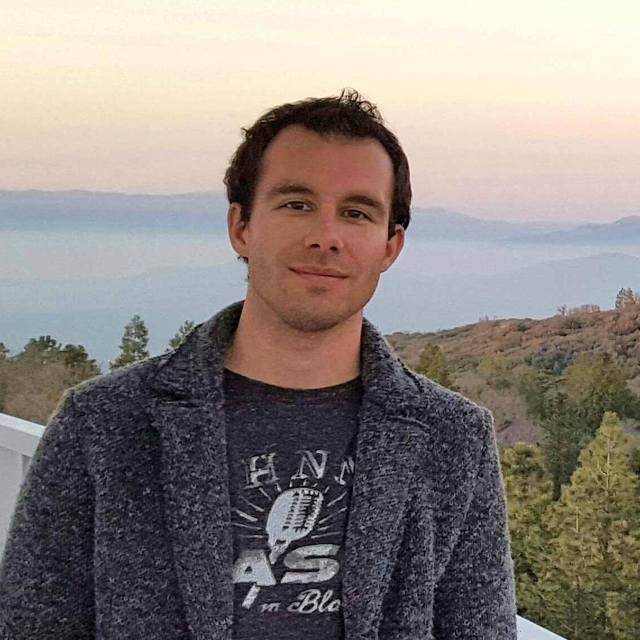March
2020
•
2020ApJ...891..136S
Authors
•
Steinhardt, Charles L.
•
Weaver, John R.
•
Maxfield, Jack
•
Davidzon, Iary
•
Faisst, Andreas L.
•
Masters, Dan
•
Schemel, Madeline
•
Toft, Sune
Abstract
•
Large photometric surveys provide a rich source of observations of quiescent galaxies, including a surprisingly large population at z > 1. However, identifying large, but clean, samples of quiescent galaxies has proven difficult because of their near-degeneracy with interlopers such as dusty, star-forming galaxies. We describe a new technique for selecting quiescent galaxies based upon t-distributed stochastic neighbor embedding (t-SNE), an unsupervised machine-learning algorithm for dimensionality reduction. This t-SNE selection provides an improvement both over UVJ, removing interlopers that otherwise would pass color selection, and over photometric template fitting, more strongly toward high redshift. Due to the similarity between the colors of high- and low-redshift quiescent galaxies, under our assumptions, t-SNE outperforms template fitting in 63% of trials at redshifts where a large training sample already exists. It also may be able to select quiescent galaxies more efficiently at higher redshifts than the training sample.
Links





